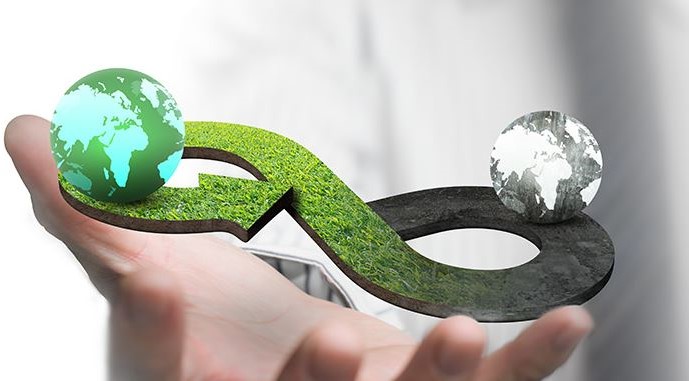The development of a Circular Economy to combat the emergency situation created by plastic waste depends on our being able to generate a demand for high quality recycled products. Stadler, a world leader in sorting plants for the recycling industry, has undergone a market shift. Thus, more than 80% of the projects for plastic classification plants developed in 2020 by the company were used for significant improvements in facilities with the aim of achieving a high-quality final product essential to achieve the Circular Economy of plastic.
Plastic is an exceptional product with many advantages that have made it indispensable for today’s world. After its useful life, its extremely high durability poses a problem that must be solved as soon as possible. The solution is to move to a Circular Economy in which it is reused and recycled, thus preventing it from becoming waste.
The recycling industry can play a very important role in this process, and is challenged to maximize the amount of plastic it recovers from waste and to produce high-quality post-consumer resin (PCR) capable of competing with virgin resin.
“We have to rethink everything from scratch,” says Enrico Siewert, Director of Product and Business Development at Stadler. “The technological advances of the last 10 years have revolutionized the sector. Now, it is possible to classify plastic efficiently and with very high percentages. Stadler mechanical grading plants can go up to 95%. If electrostatic or washing equipment comes into play, it can reach almost 100% ”.
Growing demand for efficient plastic recycling
The awareness of the population requires a commitment from all the actors involved so that they change their way of acting. Legislation places increasing demands on manufacturers to ensure that certain percentages of plastic waste or recycled plastic are used in their new products. Likewise, many large brands have committed to managing their plastic products and packaging, once the end of their useful life has arrived.
“Manufacturers are also coming up with new uses for PCR, so that recycling does not have to be limited to bottle-to-bottle transformation,” adds Enrico Siewert. “For example, you can make recycled plastic pallets. If you think that 95% of the products are transported on wooden pallets, we can imagine the enormous environmental benefit of making pallets from plastic waste. Another innovative use of PCR would be to manufacture railway sleepers, which would also reduce wood requirements. They are extremely durable, resistant to both water and insects and are very competitively priced ”.
Other increasingly popular uses are underground septic tanks for water treatment, replacing concrete, or tanks for water retention plants. Consumer products include paint jars of just over 3.5 liters, which in the US are no longer made from steel to polypropylene made from yogurt jars and similar products.
Thus, social pressure, regulatory changes and new uses of PCR are factors that are increasing the demand for high-quality PCR so that it can be transformed into new products.
Towards the Circular Economy of plastic: evolution of the recycling sector
The recycling sector is responding to this demand. Improving its facilities can achieve the consistency and high quality that are needed for PCR to enter the Circular Economy and increase its processing capacity.
Stadler is at the heart of this evolution: “We developed the advanced technology that recycling plants need,” says Enrico Siewert. “We constantly create and develop new processes to adapt our clients’ plants to their needs, which are undoubtedly constantly changing. We are witnessing first-hand that the sector is taking a step forward to meet this new demand: last year, plant upgrades and extensions accounted for more than 80% of our projects in the plastics sector; an increase of more than 38% compared to 2019 “.
One issue that has reduced the demand for PCR is the perception of inconsistency, which could damage the manufacturer’s equipment or impair the quality of their final product. However, technological advances have already solved this problem: “The test equipment has come a long way and has reached a point where it is possible to have very reliable raw materials. The client can be sure that each load of PCR that he receives, and that he mixes with his virgin raw materials, will be the same as the previous one or the next and there will be no difference from one to another. It seems silly, but it is something fundamental ”.
“We have the technology to efficiently process plastic and produce consistently high-quality PCR that can be used to make new products; They do not have to be products for the final consumer or valid for food use, but they do have to be products with market value. Manufacturers are aware of the existence of this problem and want to solve it as soon as possible. As awareness of these possibilities increases, so will the demand for PCR, and consequently we will be able to drive development towards the Circular Economy ”, concludes Enrico Siewert.

